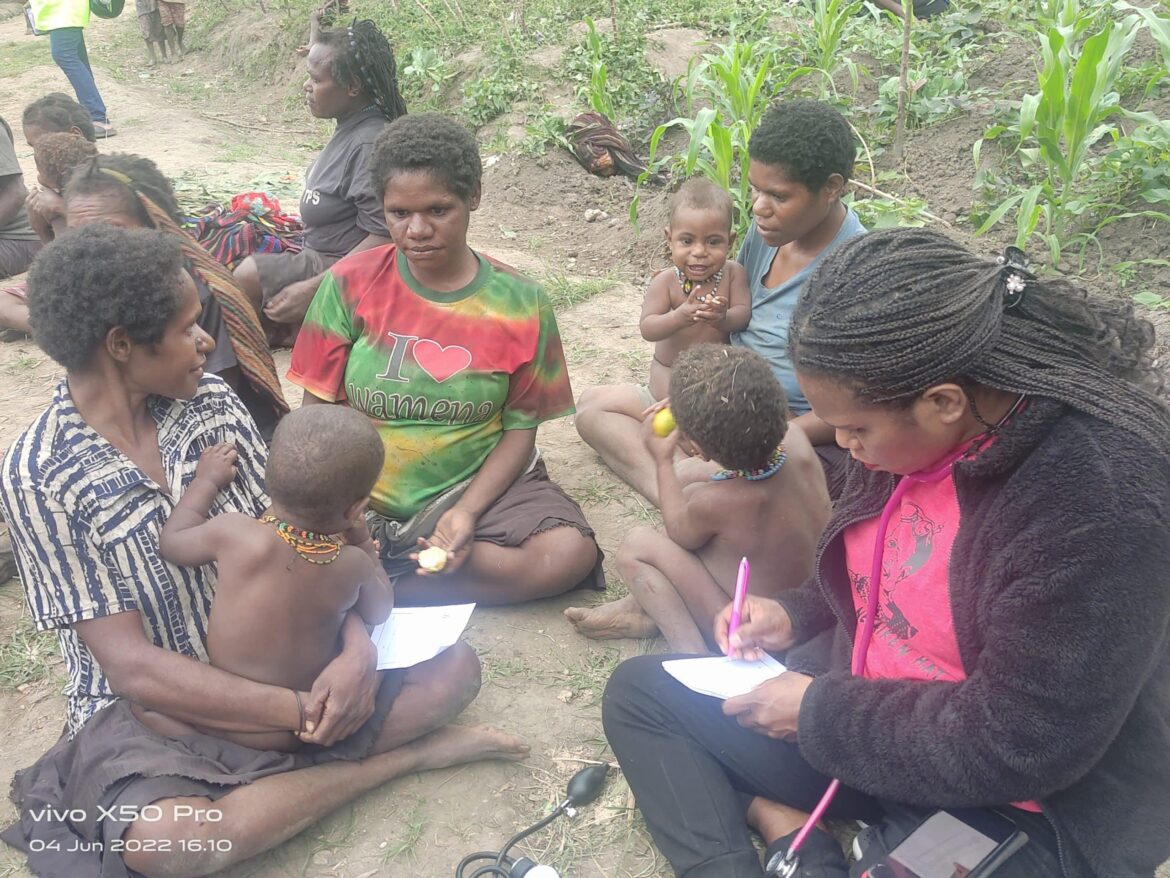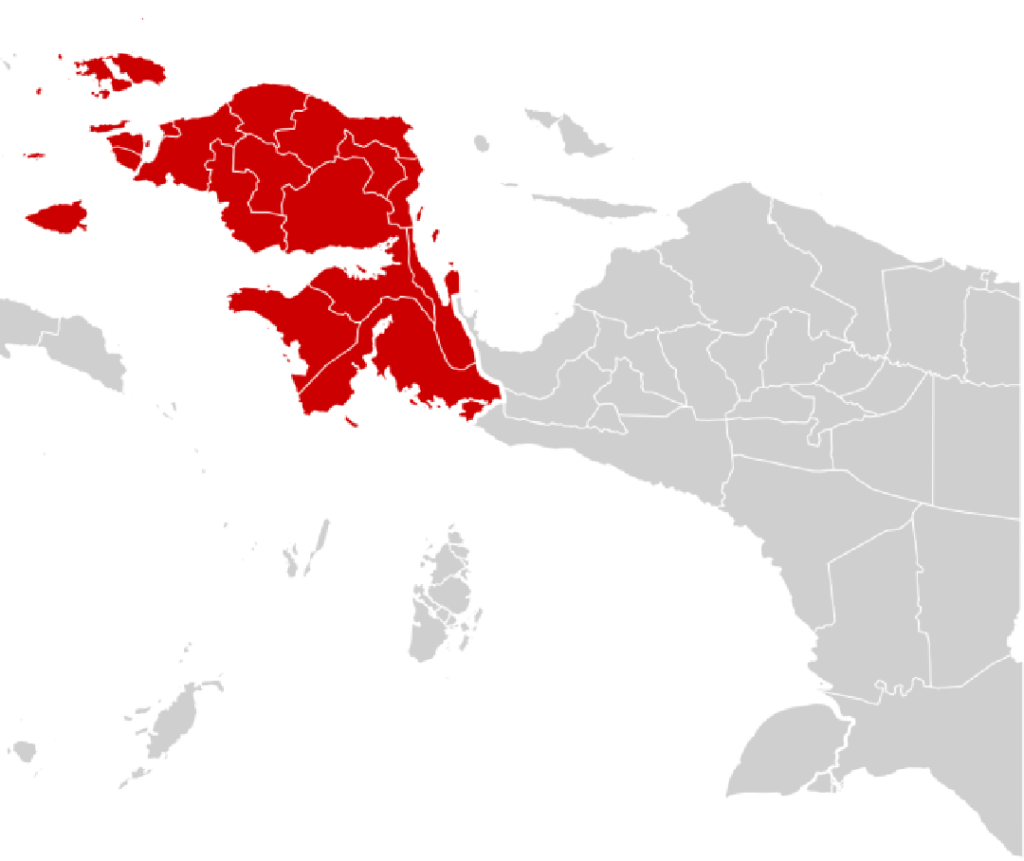The Government of Indonesia has embarked on an unprecedented and ambitious program to conduct a comprehensive census of the Orang Asli Papua (OAP) — the Indigenous peoples of Papua. This historic initiative represents a critical milestone toward recognizing the identity, rights, and cultural heritage of one of Indonesia’s most diverse and historically marginalized communities.
A National Commitment to Indigenous Recognition and Equity
More than just a data collection effort, the OAP census is a politically and culturally significant project mandated by national law and local regulations. It is designed to verify the indigenous identity of Papuans through a process that blends modern administration with traditional customs.
Acting Governor of Papua (2023-2024), Muhammad Ridwan Rumasukun, emphasizes the broader purpose:
“This data collection is about affirming the identity, culture, and rights of Indigenous Papuans. It is essential for ensuring that development programs truly reflect the needs of the people and protect the continuity of their traditions.”
The program is executed through collaboration between the Ministry of Home Affairs, provincial governments, local regents, adat (customary) councils, and the Majelis Rakyat Papua (MRP) — the official body representing Indigenous Papuans.
Purpose: From Cultural Preservation to Equitable Resource Distribution
The census serves multiple critical goals:
- Verification of Indigenous Identity: Utilizing clan-based and traditional recognition systems, the census affirms the belonging of individuals to their respective tribes and ancestral lands.
- Cultural Preservation: Documenting tribal affiliations supports the safeguarding of Papua’s rich cultural heritage.
- Allocation of Special Autonomy Funds (Dana Otsus): The census data will directly influence the distribution of billions of rupiah dedicated to Papuan development under Law No. 2/2021 and related regulations.
- Improvement of Public Services: Data-driven insights will help tailor education, healthcare, social assistance, and political representation policies to the specific needs of indigenous communities.
- Strengthening Indigenous Political Rights: Verified OAP citizens gain greater access to employment quotas, government contracts, and participation in governance.
The census results feed into SIAK Plus OAP, an enhanced population registry that integrates customary data alongside national identity records.
Large-Scale, Collaborative Implementation
Six provinces across Papua are actively participating in the census. West Papua province, for instance, has registered more than 280,000 Indigenous Papuans as of mid-2025. Field teams work closely with adat leaders, traveling even to remote villages with mobile registration units to ensure comprehensive coverage. In Kaimana Regency has launched targeted programs to reach both coastal and mountainous indigenous groups often excluded from mainstream surveys.
Similarly, in Merauke Regency, South Papua, officials have innovated by dividing the region into six clusters to manage the data collection efficiently over its vast, often difficult terrain.
A dual-verification process ensures accuracy and cultural sensitivity:
- Administrative registration through the local Population and Civil Registry Office (Disdukcapil).
- Traditional validation by tribal chiefs, elders, and representatives from the Majelis Rakyat Papua.
Legal and Fiscal Foundations
The census is underpinned by several legislative frameworks, including:
- Law No. 2 of 2021 on Papua’s Special Autonomy
- Government Regulation No. 106 of 2021
- Special Regional Regulation (Perdasus) No. 4 of 2023 on OAP Verification
These regulations formalize the recognition of Indigenous Papuans and specify that only verified individuals are entitled to special rights and benefits.
The Ministry of Finance plans to use the census data to allocate Special Autonomy funds more precisely, ensuring money reaches districts proportional to their verified Indigenous populations. This linkage between data and budget allocation raises the stakes for accuracy and thoroughness.
Overcoming Challenges: Terrain, Technology, and Trust
The census effort is not without its hurdles. Papua’s notoriously challenging geography — from dense jungles to isolated coastal settlements — makes data collection arduous. Infrastructure gaps, such as limited internet access and a shortage of trained enumerators, have slowed progress in certain areas.
Perhaps more critically, trust-building with Indigenous communities is a delicate process. Given their history of marginalization and conflict, many communities are wary of government interventions. Officials have worked extensively with adat councils, religious leaders, and youth groups to build rapport and ensure that the process respects local customs.
A senior official from West Papua’s Population and Civil Registration Service (Disdukcapil) summarized the sentiment:
“Our success hinges on integrity, transparency, and respect for traditional systems. We must involve the community at every step.”
National Significance: A Turning Point in Papuan Governance
The OAP census signifies more than just numbers — it marks a shift in Indonesia’s approach to its easternmost provinces. For decades, six provinces in Papua have suffered from cycles of underdevelopment, weak economy growth and political exclusion.
This census sets a precedent: the state officially recognizes the Indigenous Papuans as distinct communities whose rights, culture, and voices must be central to policymaking. It sends a clear message that equitable development begins with recognition and respect.
Conclusion
At its core, the OAP census is about restoring dignity through formal recognition. By documenting Indigenous Papuans as rightful citizens with unique cultural identities, Indonesia lays the groundwork for more inclusive and just governance.
Yet, data alone cannot guarantee change. The long-term success of this initiative depends on continued engagement, transparent application of the data, and programs that translate these efforts into improved livelihoods.
For the Orang Asli Papua — from the mountainous highlands of Wamena to the remote coasts of Sorong — this census may well be remembered not just as a bureaucratic process, but as the moment the nation finally counted them in, honoring their place at the heart of Indonesia’s diverse tapestry.


